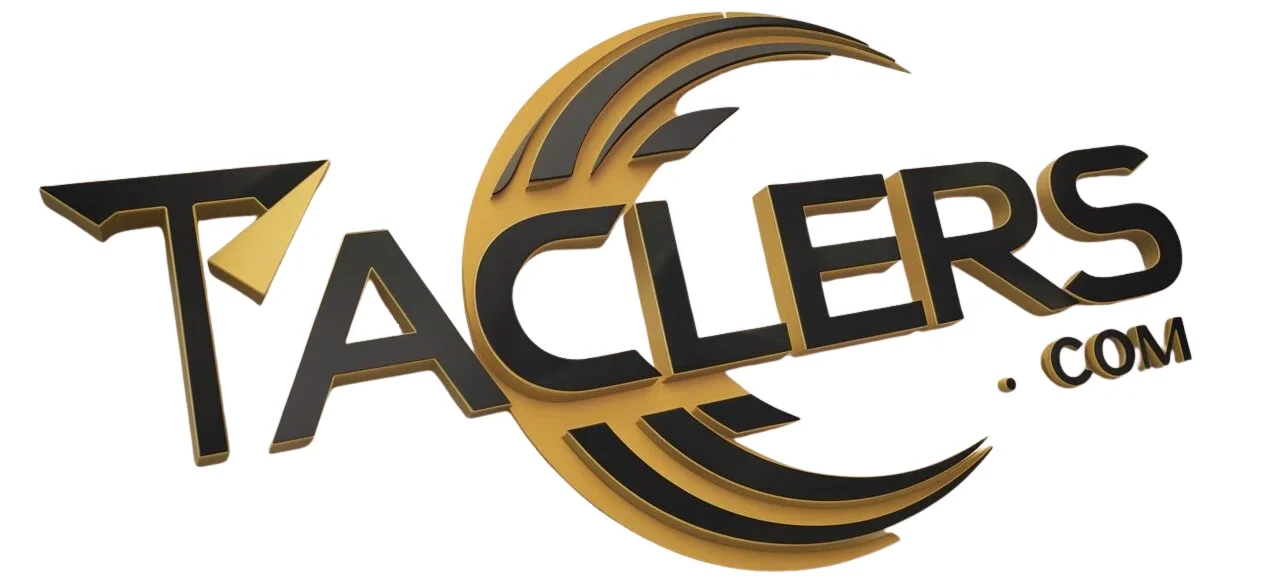Last updated on October 7th, 2024 at 05:11 am
Effective communication is the backbone of successful operations, whether in professional environments, emergency situations, or casual conversations. One phrase that often pops up in these settings is “Do you copy?”
Understanding and responding to this phrase correctly is essential for clear, efficient communication.
This article delves into 20 correct responses to “Do you copy?” and provides practical insights into choosing the right response in various scenarios.
Understanding the Context of “Do You Copy?”
Origin and Use
The phrase “Do you copy?” originated from military and radio communication, where clear, concise communication is crucial. It was primarily used to confirm that a message had been received and understood.
Over time, its use has expanded into other fields, including aviation, emergency services, and even everyday conversations.
The phrase is now a standard part of communication protocols in many industries, particularly those where quick and accurate information exchange is critical.
Whether you’re on a construction site, in an office, or managing a team remotely, knowing how to respond to “Do you copy?” can prevent misunderstandings and ensure smooth operations.
When and Where It’s Used
“Do you copy?” is typically used in situations that require confirmation of message receipt. These include:
- Military Operations: Ensuring orders and updates are clearly understood to coordinate actions effectively.
- Aviation: Pilots and air traffic controllers use it to confirm instructions and updates.
- Emergency Services: Firefighters, police officers, and paramedics use it to coordinate responses during emergencies.
- Construction Sites: Workers use it to confirm instructions when operating machinery or handling dangerous materials.
- Remote Work: Managers and team members use it to ensure tasks and updates are understood when working remotely.
Understanding the context in which “Do you copy?” is used will help you choose the most appropriate response, ensuring clear and effective communication.
20 Correct Responses to “Do You Copy?”

When someone asks, “Do you copy?“, your response should be clear and suited to the context. Here are 20 correct responses categorized by type:
Affirmative Responses
Affirmative responses confirm that you’ve received and understood the message. These are the most common and straightforward responses.
- “Copy that.”
- “Roger.”
- “Affirmative, I copy.”
- “Loud and clear.”
These responses are direct and leave no room for doubt. They are often used in professional or high-stakes situations where clarity is crucial.
Clarification Responses
If the message was unclear or partially understood, asking for clarification is essential. It shows that you’re engaged and want to ensure accurate communication.
- “Could you repeat that?”
- “Say again?”
- “Please confirm the last part.”
These responses are particularly useful in noisy environments or when the message contains critical details that need to be repeated for accuracy.
Negative Responses
When you haven’t received or understood the message, it’s important to let the sender know immediately. This allows them to resend the information and prevents potential issues down the line.
- “Negative, I didn’t catch that.”
- “No copy, please repeat.”
Negative responses are often used in situations where the message is crucial and must be understood before taking action.
Acknowledgment Responses
Sometimes, the goal is simply to acknowledge that you’ve received the message, without needing to confirm every detail.
- “Received.”
- “Understood.”
- “Acknowledged.”
These responses are suitable for situations where the information is straightforward, and there’s no need for further discussion.
Requesting Further Information
In complex scenarios, you might need more details to proceed. Requesting additional information ensures that you fully understand what’s required.
- “Copy, but need more details.”
- “Got it, can you elaborate?”
These responses indicate that while you’ve received the initial message, you require further clarification to take the appropriate action.
Informal/Casual Responses
In less formal settings, or when communicating with someone you know well, a casual response might be more appropriate.
- “Gotcha.”
- “Yep, loud and clear.”
- “All set here.”
These responses maintain the flow of communication without the stiffness of more formal responses.
Technical/Professional Responses
In technical or highly professional environments, your response might need to reflect the specific context, particularly if it involves following a procedure or protocol.
- “Copy, initiating sequence.”
- “Acknowledged, standing by.”
- “Affirmative, proceeding as planned.”
These responses are tailored to the specific actions required in technical fields, ensuring that the communication is precise and understood by all parties involved.
How to Choose the Right Response

Context Matters
Choosing the right response to “Do you copy?” depends heavily on the context. In professional or emergency settings, a formal and clear response is necessary to ensure there’s no misunderstanding.
In casual settings, a more relaxed response may be suitable, but it’s still important to convey that you’ve understood the message.
For example, in a military operation, a response like “Roger” or “Affirmative” is standard, as these are recognized and understood by all involved.
In contrast, in a casual conversation between friends, “Gotcha” or “Yep, loud and clear” might be more appropriate.
Understanding the Request
Before responding, it’s crucial to understand the nature of the request fully. If the message contains instructions or important information, ensure you’ve understood every part of it.
If there’s any doubt, it’s better to ask for clarification rather than risk a misunderstanding.
For instance, if you’re working on a construction site and someone asks, “Do you copy?” after giving detailed instructions, responding with “Please confirm the last part” shows that you’re focused on getting the job done correctly.
Matching the Tone
Matching the tone of the original message can help maintain the flow of communication. If the message was delivered in a serious or professional tone, your response should reflect that.
Conversely, if the message was casual, a lighter response may be appropriate.
In emergency situations, where speed and accuracy are paramount, a response like “Loud and clear” conveys that you’re ready to act on the information immediately.
In remote work settings, a simple “Received” might suffice to acknowledge an update from a colleague.
Common Mistakes to Avoid When Responding
Being Vague
Vagueness can lead to confusion and errors, especially in professional settings. Avoid responses that don’t clearly indicate whether you’ve understood the message.
Instead of saying, “Okay,” opt for something more specific like “Copy that” or “Understood.”
Overcomplicating the Response
While it’s important to be clear, overcomplicating your response can be just as problematic. Keep your response concise and to the point.
For example, instead of saying, “Yes, I understand everything you just said and will proceed accordingly,” simply say, “Affirmative, proceeding as planned.”
Ignoring the Context
Responding without considering the context can lead to misunderstandings. For example, using a casual response like “Gotcha” in a professional or emergency setting might not convey the seriousness of the situation.
Always consider the environment and the stakes before choosing your response.
Case Study: Communication in High-Stakes Environments
In high-stakes environments, such as aviation or emergency services, communication is not just about exchanging information—it’s about ensuring that everyone involved is on the same page. Let’s take a look at how correct responses to “Do you copy?” can make a significant difference.
Aviation Example
In aviation, clear communication between pilots and air traffic controllers is essential for safety. A typical exchange might go as follows:
Controller: “Delta 123, descend to 10,000 feet, do you copy?”
Pilot: “Roger, descending to 10,000 feet.”
In this case, the pilot’s response is clear and confirms the specific action they will take. If the pilot had responded with something vague or unclear, it could lead to confusion and potential safety issues.
Emergency Services Example
In emergency services, every second counts, and clear communication can save lives. Consider this scenario:
Fire Chief: “Team Bravo, evacuate the building immediately, do you copy?”
Firefighter: “Loud and clear, evacuating now.”
Here, the firefighter’s response confirms that they’ve understood the urgency of the order and are taking immediate action.
Remote Work Example
In remote work settings, clarity in communication helps keep projects on track. For example:
Manager: “Please review the document and submit your feedback by EOD, do you copy?”
Team Member: “Received, will send feedback by 5 PM.”
The team member’s response confirms the deadline and shows that they’re committed to meeting it, preventing any potential delays.
Wrap Up
In any form of communication, particularly in professional and high-stakes environments, responding correctly to “Do you copy?” is crucial.
The right response ensures that the message has been received, understood, and will be acted upon as intended. Whether you’re in a military operation, an office setting, or a casual conversation, knowing how to respond can make all the difference.
Remember, the key to effective communication is clarity, context, and understanding. By choosing the appropriate response to “Do you copy?”, you can ensure that your communication is both effective and efficient.
Comment Policy and Guidelines
We encourage you to share your insights, experiences, and questions in the comments section below. Please keep the following guidelines in mind:
- Stay on Topic: Make sure your comments are relevant to the discussion on effective communication, particularly in response to “Do you copy?”.
- Be Respectful: We value a constructive and friendly community. Avoid using offensive language or personal attacks.
- Provide Value: Whether sharing your own tips or asking a question, aim to contribute positively to the conversation.
- No Spam: Avoid posting promotional content or links unrelated to the topic.
By adhering to these guidelines, we can maintain a helpful and engaging environment for all readers. We look forward to hearing your thoughts!
About the Author
This article was crafted with care to ensure you get the most accurate and helpful information. With extensive research and years of experience in communication strategies, the author aims to provide you with content that truly makes a difference in your daily interactions.
Whether in high-pressure environments or everyday conversations, mastering responses to “Do you copy?” is a skill that can enhance clarity and understanding in any situation.
For more articles on communication strategies and tips, be sure to explore our other blog posts. From professional communication in the workplace to casual interactions, we cover a wide range of topics to help you communicate more effectively.
Did you find this guide useful? Consider subscribing to our newsletter for more tips and insights on effective communication. Stay connected with us to improve your skills and stay ahead in your personal and professional life.
By following these guidelines and understanding the importance of clear communication, you’ll be better equipped to handle any situation that requires a precise and confident response to “Do you copy?” Whether you’re navigating a critical moment at work, coordinating with a team, or simply ensuring that your message is understood, mastering these responses will help you communicate with ease and assurance.
If you have any questions or would like further clarification on any of the points discussed, don’t hesitate to ask in the comments. We’re here to help you refine your communication skills and achieve the clarity and effectiveness you need to succeed.
Explore More:
- Effective Communication in the Workplace: A Comprehensive Guide
- Top 10 Communication Skills for Leaders
- How to Use Positive Language for Better Team Collaboration
We hope this article has provided you with valuable insights into responding to “Do you copy?” and enhancing your communication skills. Remember, the key to effective communication lies in understanding the context, choosing the right words, and always aiming for clarity.
Keep practicing, stay mindful of your responses, and you’ll see the positive impact clear communication can have on every aspect of your life.

Ethan Richards, a distinguished writer at Taclers.com, excels in blending sharp insights with engaging storytelling. His background in sociology adds depth to his analysis of human reactions, making his articles both thought-provoking and entertaining. Explore the world of reactions with Ethan and see familiar moments in a whole new light.










